Quicken has been around a long time — since 1983 to be exact, making it ancient in the personal finance software world. Back in those days, Quicken was amazing, in part because there was nothing quite like it, but today, there are several great Quicken alternatives.
The financial software market has grown a bit more competitive.
19 Best Quicken App Alternatives
Here are the best Quicken alternatives you can start using today:
- 🏆 Empower (formerly Personal Capital)
- Simplifi by Quicken
- YNAB
- MoneyDance
- Tiller
- Wally
- Pocketsmith
- Money Manager
- MoneyWiz
- Banktivity
- Goodbudget
- Countabout
- Dollarbird
- Gnucash
- Everydollar
- PocketGuard
- Clarity Money
- Easy Budget
- Moneyspire
1. Empower (formerly Personal Capital)
COST: Free version gets the job done.
Empower, formerly Personal Capital, is my favorite Quicken alternative because of its extensive number of features to track your financial life. It’s mobile-friendly and also free.
You can track your expenses and income. You can monitor your investment portfolio and retirement planning. Empower puts it all at your fingertips in its dashboard.
It’s also easy to set up. It takes less than 5 minutes. You simply link your bank accounts, investment accounts, and credit cards to the platform. (Don’t worry, they use bank-level security.)
It’s worth signing up and testing out. I check mine every day.
You should know that Empower isn’t a pure budgeting tool. You can use it to track your expenses, but it really shines as a way to monitor your investment portfolio, including your asset allocation.
Plus, if you upgrade to the paid version, Empower has one of the best robo-advisors around.
Continue Reading:
2. Simplifi by Quicken
COST: $3.99/month
This may get confusing because I’m writing about the best Quicken alternatives. But it’s true: One of the best Quicken alternatives has been created by Quicken.
It’s called Simplifi, and it really is a cool personal finance app. This isn’t the Quicken my dad used to use.
Simplifi has been designed specifically for mobile-savvy consumers, and it shows—with exceptional user experience and robust features, like detailed expense tracking, budgeting, and investment tracking it’s worth checking out if you’re looking for a simple platform and dashboard to organize your financial life.
Simplifi does require a $3.99 monthly fee ($39.99 annual fee) — unlike its free competitors — but this app is also ad-free. And after Simplify helps you simplify your monthly budget, you’ll save a lot more than $3.99 a month.
The insights alone will likely help you save more money than that each month. You can try it out for free here.
Continue Reading:
3. You Need a Budget (YNAB)
COST: $84/year, 34-day free trial.
Fandom for YNAB has been on the rise in recent years. Despite this growing popularity, the app is nothing new.
You Need a Budget (YNAB) was started by Jesse Mecham in 2003 to manage money for he and his wife.
YNAB has undergone an overhaul recently and now has a cleaner interface as well as a web-based application that syncs with its desktop version. This application is highly capable and will show you an aerial view of all of your expenses.
YNAB works particularly well for people with irregular incomes — freelancers, real estate agents, side hustlers, and the like — because you can easily spread windfalls across several months.
4. Moneydance
COST: $44.99, but you can download a free trial that will let you enter 100 transactions manually.
Moneydance is another good alternative, especially if you are a fan of good old fashioned Quicken. Moneydance looks a lot like Quicken.
This desktop application lets you see a lot of information on one screen just like Quicken does.
For instance, you’ll be able to see your bank accounts, credit cards, investments, loans, and net worth all in one place, giving you a snapshot of your cash flow anytime you want.
Moneydance also has some nice features like bill pay, reminders to pay your bills, plus account syncing. And, Moneydance can now manage your investment portfolio. The software runs on just about all desktop platforms including Linux, MacOS, Windows, and Unix.
Moneydance has apps for iOS and Android devices that sync with the desktop version.
5. Tiller Money
COST: Tiller costs $4.92 a month, or $59/year, and there is also a 30-day free trial.
With privacy becoming a greater concern these days, some people are understandably concerned about syncing all their financial information in the cloud.
If that sounds like you, Tiller Money may be worth considering.
Tiller will aggregate your data into a spreadsheet. You can also create budget templates to make the whole process seamless. To see your data, you can use Google Sheets; or, if you prefer to go all-on stealth mode, Microsoft Excel is also an option.
Learn More:
6. Wally
COST: Free for the basic plan; $1.99 a month to unlock all the features.
This financial tool includes an offline budget tracker which means you wouldn’t have to sync your financial accounts in the cloud. You could manually enter your expenses and still use the powerful budgeting tool to track your progress toward savings and spending goals.
If you worry about security, this app might be for you. But you’ll get more control and more features when you opt for Wally’s online syncing plan, and Wally has bank-level security when you do sync.
Unlike many of the other apps on this list, Wally focuses mostly on budgeting.
Wally also works with banks from about 70 different countries. If you want to sync with non-domestic financial institutions, give Wally a close look.
7. PocketSmith
COST: The app has a free version, but you can pay for more powerful features as needed.
PocketSmith finds a way to stand out even in the crowded field of Quicken alternatives.
Most Quicken alternatives help you track spending and anticipate upcoming bills, but PocketSmith wants to help you understand what all this financial data means.
In other words, it will track your spending trends and help you figure out whether too much of your money is going to one place (or a few places).
Then, this app will give you a financial projection to help you see whether your money will grow (or shrink) based on your current habits.
8. Money Manager: Budget Planner
COST: The app is free with no ads.
Money Manager doesn’t seem all that advanced. You can’t link your financial accounts, and it won’t look into its financial crystal ball like PocketSmith does.
This app is just for keeping track of your daily expenses and putting them into categories. But if that’s all you need, this app might be for you.
You’ll see your income, expenses, and remaining budget at a glance. It will separate your expenses into budget categories and create graphs to help visualize your budget. You can also export your data into Microsoft Excel.
9. MoneyWiz
COST: Free
MoneyWiz is a budgeting app that has a couple of pretty cool features. One of them is real-time syncing, allowing you to sync the app’s data across multiple devices and operating systems without having to download transactions.
Another nice feature of MoneyWiz: You can create customizable graphs that can either track your entire budget or track a specific category.
The graphs look really nice (which Quicken enthusiasts will appreciate), and overall, the app has a sleek and user-friendly interface.
10. Banktivity
COST: $69.99, 30-day free trial.
Banktivity is unique because it’s one of the few kinds of financial budgeting software that was specifically designed for MacOS. It also has an import assistant to make it easier to import your existing Quicken data.
The app has some pretty cool features, too. You can sync your data with your iPad or iPhone, so you have access to your budget while you’re out and about. And, of course, it has the basic features, such as tracking expenses and account balances, bill pay, and creating a budget.
11. Goodbudget
COST: There is a free version (limited to 10 envelopes), or you can upgrade for $5 per month for unlimited envelopes.
Goodbudget is a cash envelope-based budgeting app, so it’s quite a bit different from Quicken.
It’s based on the old fashioned method of placing cash in category-specific envelopes so you can visualize how much money you have left each month.
It’s a simple yet effective system, and this app syncs across Android and Apple devices, allowing you to manage your money on the go. It has over 3 million downloads to date and includes goal tracking, scheduled transactions, and funds transfers between envelopes.
12. CountAbout
COST: $9.99/year or $39.99/year
CountAbout is a no-frills personal finance management app. There aren’t too many fancy bells and whistles, but it does its job well.
You can use this app to manage your checking, savings, investments, and loans.
The software is both mobile and web-based, and it’s available on both Android and iOS.
Unfortunately, there is no free version, though there is a basic subscription for just $9.99 a year. That basic version won’t sync with your financial institutions; if you want to do that, you’ll need the slightly more expensive version for $39.99.
13. Dollarbird
COST: The app is free, or you can subscribe for $4.99 per month or $39.99 a year for additional features.
Dollarbird has a modern and colorful interface reminiscent of Google’s mobile apps. This is a “calendar-based” finance app, allowing you to anticipate your upcoming expenses.
We tend to live in the moment, but planning for the future is one of the most important parts of money management.
Dollarbird has an automatic balance calculation to give you an accurate picture of your cash flow.
14. GnuCash
COST: Considering it’s totally free, this app is worth taking for a spin.
If you know anything about the Linux operating system, the name of this app will mean something to you.
Indeed, GnuCash is an open-source app. There are no GNOMEs here, though; this app is all about managing your money.
And, due to its open-source nature, this app can be molded into a legitimate Quicken replacement. This software includes seamless qif integration so you can recreate your Quicken environment quickly and easily.
Don’t forget tracking your bank accounts, investments, income, and expenses. It does all of that, too!
15. Everydollar
COST: The app costs $99 per year and comes with a free 15-day trial.
Whether you are a Dave Ramsey fan or not, the Everydollar app developed by his company has generally been well-received.
Everydollar helps you create a budget based on Dave Ramsey’s zero-based budgeting approach.
If you happen to be a freelancer or have a small business of some sort, this app is good for tracking business income and expenses so you can always keep your financial goals in focus. It will also connect you with financial planning and tax professionals.
16. PocketGuard
COST: The app does come with a fee—$3.99 monthly or $34.99 annually.
PocketGuard is a mobile-first budgeting app that makes it easy to track your money.
For the most part, PocketGuard does all of the budgeting basics: tracking your expenses, income, and investments all in one place.
It will also let you set savings goals and get reminders about monthly payments, and it has a built-in fee analyzer to help you cut expenses on your cable and internet bills. For more help in this regard, check out our list of the best alternatives to cable TV.
17. Clarity Money
COST: Clarity Money is by far the most expensive app on this list; there is a $299 “initiation” fee plus a $19/month subscription.
Clarity Money is one of the few apps you’ll encounter that uses machine learning.
What does that mean? It means this app can “learn” your finances in order to help you make better decisions.
Of course, it does all of the things a budgeting app would normally do in terms of tracking your finances and anticipating bill payments. It will also help you cancel subscriptions you no longer want to help you save money. It is quite an intriguing concept.
18. EasyBudget
COST: EasyBudget is free.
As its name implies, EasyBudget has one main goal: to make your finances easier.
Because of this, EasyBudget intentionally bypasses standard budgeting tools like budget categories and graphs — and it lets you manage multiple bank accounts.
Perhaps a better name would have been SimpleBudget. All you do with this app is enter your expenses and get a quick glance of your anticipated cash flow for the month.
If that’s all you need, it might be the right Quicken alternative for you.
19. Moneyspire
COST: $59 one-time charge to buy software — free updates included; free version has limits.
This desktop-based budgeting tool resembles Quicken. You can sync and see all your accounts in one place, analyze your spending, and use a graphic-based interface.
Moneyspire has a free version but you can buy the software for $59 and untap its full potential.
This is a strong contender to replace Quicken unless you want to go mobile. Going mobile is possible only on iOS and only if you connect the app manually to the desktop version.
How To Choose The Best Quicken Alternatives
Personal finance is an art. There’s give and take. You have to know when to be flexible and when to be rigid.
You’ll want a budgeting tool that gives you freedom when you need it and keeps you on track at the same time.
My list of best Quicken alternatives above should have an app that can perform the way you want. Or you may come across another app I didn’t include on my list of 20.
Be sure your app has:
- Security: Look for two-factor authentication and other bank-level security, especially if you’re syncing your data in the cloud.
- Syncing: If you use a small bank or credit union, be sure it’ll sync with your budgeting app before paying any fees.
- Useful Interfaces: We all process financial data differently; make sure your app can show information in a way you can understand at a glance.
- The Right Platform: Most of the apps on my list work across all platforms. Some excel with one platform over others. A few work only on one platform.
Frequently Asked Questions
Does Intuit still own Quicken?
No, Intuit sold Quicken to HIG Capital back in 2016. Intuit does own and operate Quickbooks, the accounting software a lot of small businesses use to keep track of expenses and invoicing.
What is the best Quicken alternative?
The answer to this question depends upon what kind of expenses you are tracking on a daily basis. For the “average” consumer, Empower, formerly Personal Capital, is a great option.
This app will automatically suggest a monthly budget based on your income (though you can change it). It also has a focus on net worth and investing.
Overall, it’s a great choice.
What are the best Quicken alternatives for Mac?
Any application with a web-based version should work fine on a Mac provided you aren’t using an archaic web browser. But what if you don’t want your data stored in the cloud?
Luckily, many of the financial apps mentioned on this list can be used as a standalone on Mac: YNAB, Tiller, and Moneydance. If any of them suit your needs, that is probably your best bet.
However, it’s worth noting that Banktivity was made for MacOS (some love for Mac users). In fact, its interface looks reminiscent of iTunes or something along those lines.
Is Quicken subscription only?
In a word—yes. Quicken has been subscription-only since 2018. Plans start at $34.99 per year. At the high end, you’ll be spending $89.99 per year—not bad considering it’s their most expensive of four plans.
What is comparable to Quicken?
If you aren’t interested in all these flashy new apps and just want something similar to Quicken, your best bet is probably Moneydance or Moneyspire. It looks similar to the old Quicken, plus it allows you to work “offline,” not relying on the cloud.
With Moneyspire you can pay one fee and keep the software indefinitely — no need to keep paying a subscription.
There are also Tiller and YNAB, which are great apps for entering transactions manually.
The Importance Of A Budget Tracker
You can become financially independent without analyzing your budget every day. In fact, there is such a thing as being too obsessive about controlling every penny.
But personal finance tools like Quicken and all the Quicken alternatives on my list have one thing in common: They can provide a reliable barometer so you can see how you’re doing.
When you use a budgeting tool you can see where you’re spending too much and ways you could save or invest more. Information gives you a way to make more mindful decisions about your money.
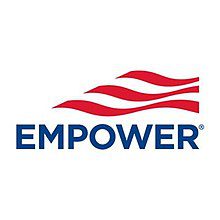
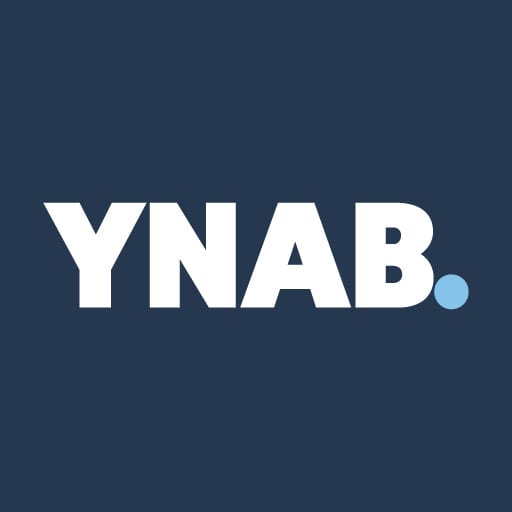
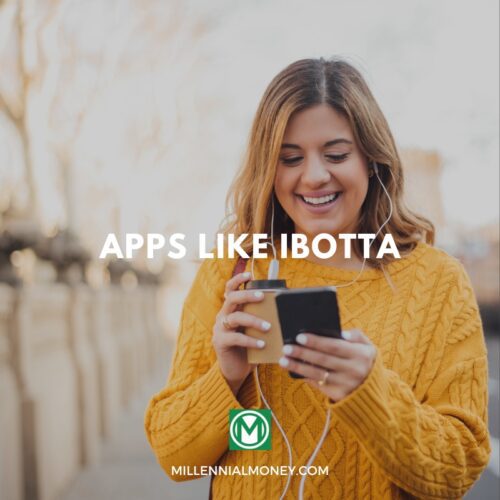
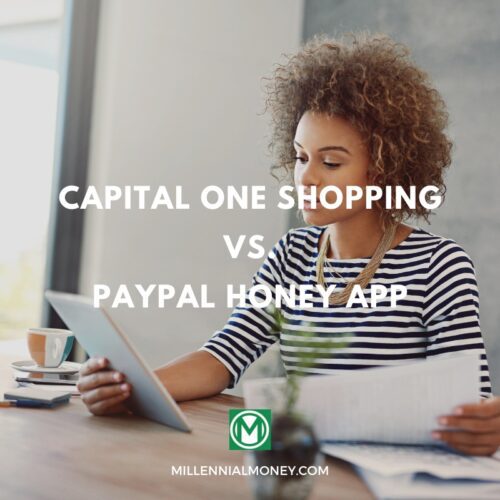
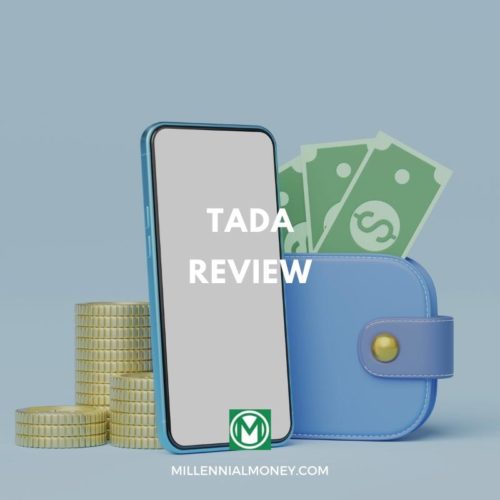

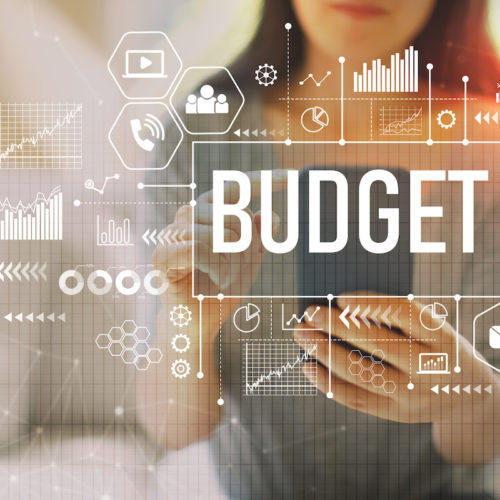
Read 2 comments or add your own
Read Comments